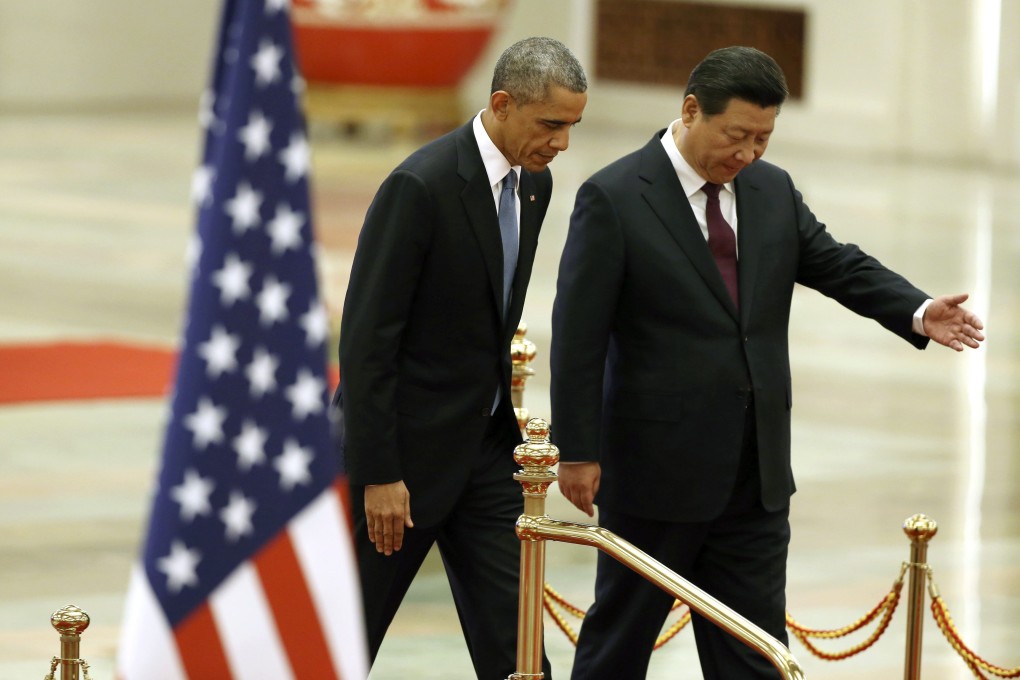Opinion | China must continue to open up to realise its Apec ambitions
Hu Shuli says liberalisation has to go hand in hand with reforms, if Beijing is to succeed in its push for an all-encompassing free trade pact

Thirteen years after China first hosted the Asia-Pacific Economic Cooperation forum, the region's leaders were again gathered in the country. From the painstaking measures adopted to ensure security and reduce pollution, among others, it was clear the Chinese government was determined to make a success of the meetings. After all, this was a chance for the new Chinese leadership to burnish the country's status today as a "responsible major power".
The Asia-Pacific region has undergone sweeping political and economic changes since the 2001 summit was held in Shanghai. China is now the world's second-largest economy, while America is in the midst of its strategic rebalancing towards Asia.
There was no lack of contesting views on the issues involved, as we saw in the run-up to the summit, reflecting the changing global order in which competition and cooperation are both part of the game. China must not shun this game.
This year, the forum adopted the theme of "Shaping the Future through Asia-Pacific Partnership". It spelled out three priorities, including one to advance economic integration.
Now in its 25th year, Apec is arguably the region's most comprehensive, representative and influential cooperation platform. But it also faces some major challenges.
Although the region as a whole is economically vibrant, many of its individual economies are in the throes of structural reforms, or are trying to transform its economic model. Worse, many don't agree on the ways to promote integration. With no consensus, progress has been slow.
